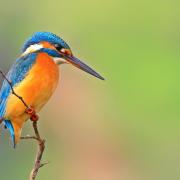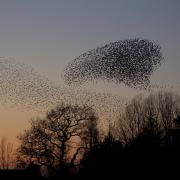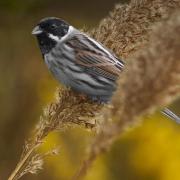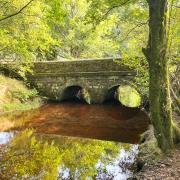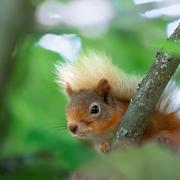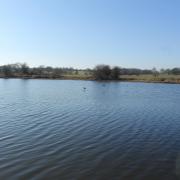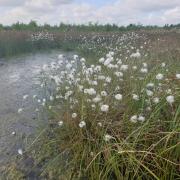Usually when we are talking about new sightings of birds in Lancashire, we are referring to the ‘little brown jobs’, which are difficult to recognise.

The dozen egrets spotted by Martyn Walker at Lytham is an astonishing moment but little egrets are becoming more and more common on our wetlands and coasts.
We are pretty certain that they are not breeding in Lancashire but we definitely have residents.
Little egrets are recognisable and not uncommon these days at Lytham particularly on the salt marsh. They are also regular visitors to our nature reserves at Brockholes, Mere Sands Wood and Lunt Meadows. The legendary Salford mosslands birder Dave Steel reports on two sightings of little egrets at Cadishead in late summer, and that is many miles from the coast.
I spent a wonderful afternoon at our new reserve Lunt Meadows, on Merseyside, trying to get the perfect picture of a little egret. I failed but I did not want to stop the egret going about his or her happy business.
So how do you spot these members of the heron family? It’s quite easy. The little egret is a small, white heron but bigger than most of the birds you will see at Lytham. They do look quite magnificent in flight along the sea front.
It is all white with black legs and yellow feet, a black bill and, during the breeding season, it has long plumes on its head and neck.

The Lancashire Bird Atlas predicted in 2011 that little egrets will eventually breed in Lancashire, with the nearest breeding taking place on the Dee in Cheshire. Winter roosts are becoming more common in the UK so, hopefully, Martyn’s Christmas dozen will be more common in future years.
The Wildlife Trust’s Wigan Reserves Manager Mark Champion said: ‘When I was young you had to travel to other parts of the country to see little egrets. I recently went to Anglesey and there were 80-something nests. We know they are nesting on the banks of the Dee in Cheshire, so it’s only a matter of time before they move into Lancashire. It’s not far, as the egret flies!’
The Bird Atlas said: ‘Time will tell whether numbers will continue to increase or whether saturation point has been reached; and, setting up another hostage to fortune, the first confirmed breeding record is presumably not too far away.’
Over the past couple of years there have been sightings of the much bigger great white egret, which is the size of the much more common grey heron. Great white have been spotted at Lytham and on the same reserves, but their feet are black and they have a long yellow bill.
A recent paper on bird colonisation suggested many birds were arriving from the prospering Dutch and French Mediterranean coast populations. National totals of great whites increased from an average of around 15 to around 165 in 2009.
With three roosting at the RSPB’s Leighton Moss in 2009 and another two reported in other areas we are definitely starting to see a good percentage of these magnificent birds in the region. One sighting this year was on our Lightshaw Meadows reserve close to Wigan.

Mark said: ‘The first great white egret to breed in the UK was on the Somerset Levels in 2012 and they are definitely following in the footsteps of the little egret.’
Another type of egret that has moved into the area is the cattle egret, which is smaller than the little egret with a yellow beak and black legs. Mark reports that cattle egret also bred on the banks of the Dee.
Both a little egret and a great white egret were part of the ‘heron invasion’ at Brockholes two years ago. Five members of the heron family were in attendance, including the common grey heron, the bittern and the rare night heron. There have also been visits to Mere Sands Wood by a purple heron.
These are big birds and they are now returning to our region year after year. Your first few encounters will take your breath away.
My nature moment
As The Lancashire Wildlife Trust’s Manchester reserves officer, Martyn Walker enjoys nature moments every day of the year.
When we mentioned Christmas to Martyn he came up with something a little different to the usual robins and turtle doves.
He said: ‘Last Christmas I was walking along the sea front at Lytham, when I spotted 12 little egrets which was amazing. It was an incredible sight as these magnificent white herons were flying together. I presume they were roosting on Fairhaven Island.’
Martyn and his team of volunteers is responsible for much of the work creating wildlife habitats on Manchester’s nature reserves including Moston Fairway and Cutacre in Tyldesley. He has also played a major role in work on Cadishead Moss and Little Woolden Moss in Salford.
On the 12th day of Christmas my true love gave to me 12 egrets flying...












